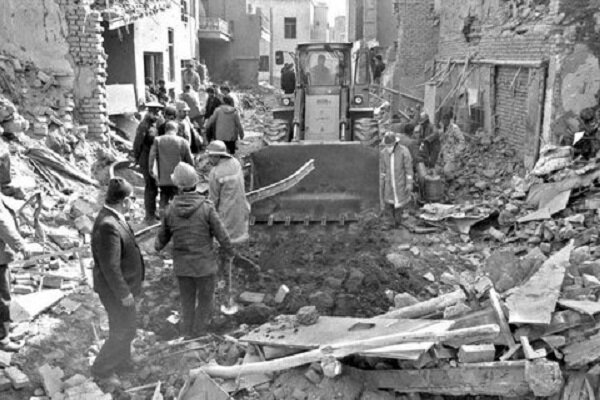In a post on social media platform X, Bagaei praised Dezful, located in southwestern Khudzestan province, as a symbol of resilience during the Iran-Iraq War (1980-1988).
During the sacred defense, the city was attacked by 176 devastating “frog 7” and “squad” missiles, endured 489 bombs and rocket attacks, and faced 5,821 artillery shells targeting its neighbourhood.
He emphasized that despite the attacks, the people of Dezful never escaped, ensuring that life in the city will endure. “For Iranians, Dezful is not just the name of the city on the map. It is a symbol of resistance and sacrifice from those who refused to migrate or surrender so that Iran could stay,” he added.
Stupid Ake said Iran has benefited from people who have shown patriotism through sacrifice and resistance at a critical period in history, leaving an indelible mark in the country’s memory.
The Iran-Iraq War began in 1980 when Saddam Hussein, supported by western and regional powers, invaded Iran in an attempt to seize Huzestan. Despite the initial challenge, the Iranians united under the leadership of the late Imam Khomeini, eventually repelling the Iraqi forces and regaining the occupied territory. The war ended with a ceasefire in 1988, and Iraq failed to achieve its goal.
On May 24-30, Khuzestan Week in Iran begins on the anniversary of the liberation of Khorramshahr from the 1982 occupation of Iraq.
MNA

